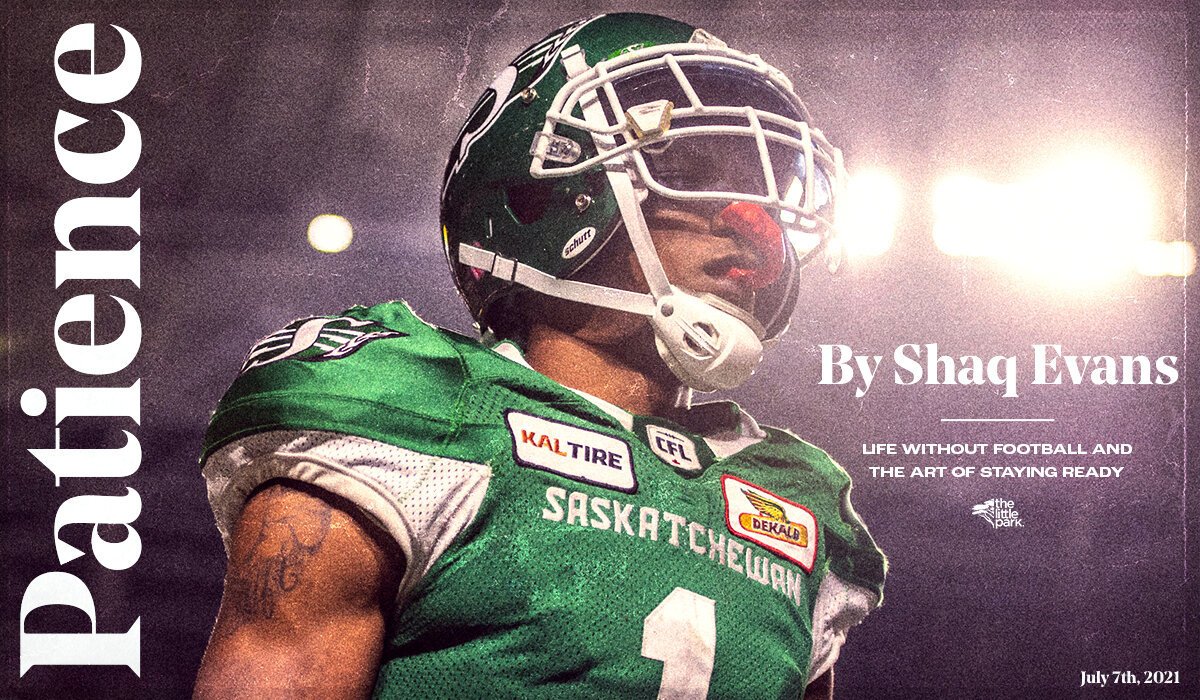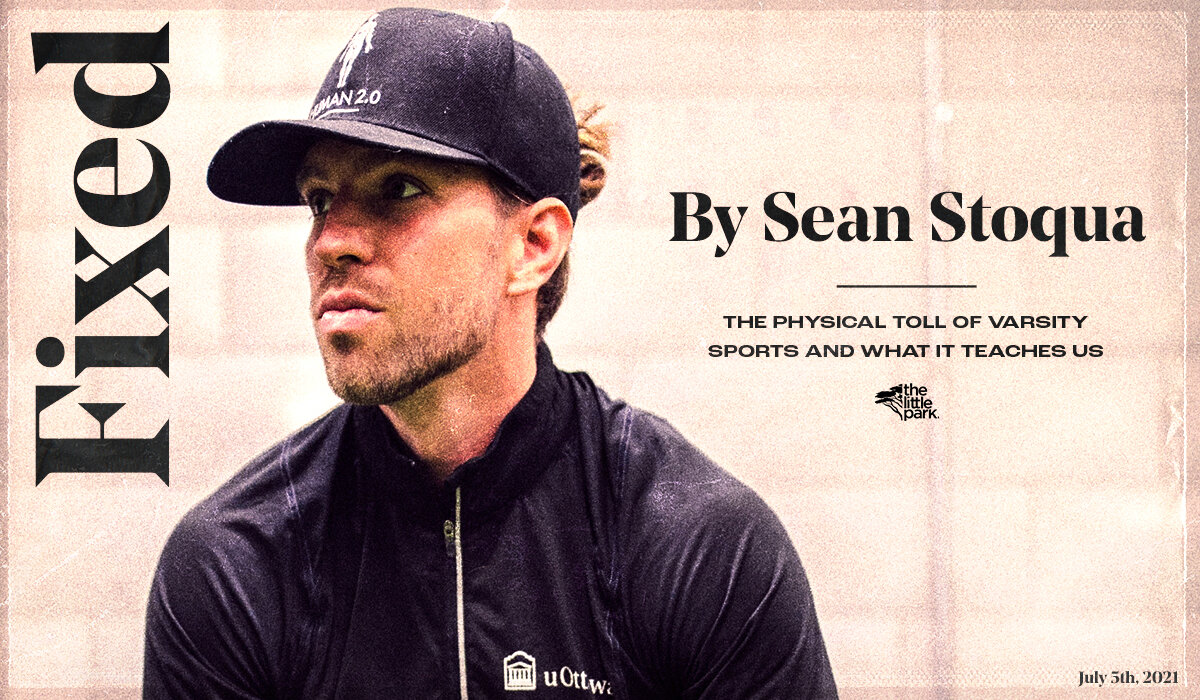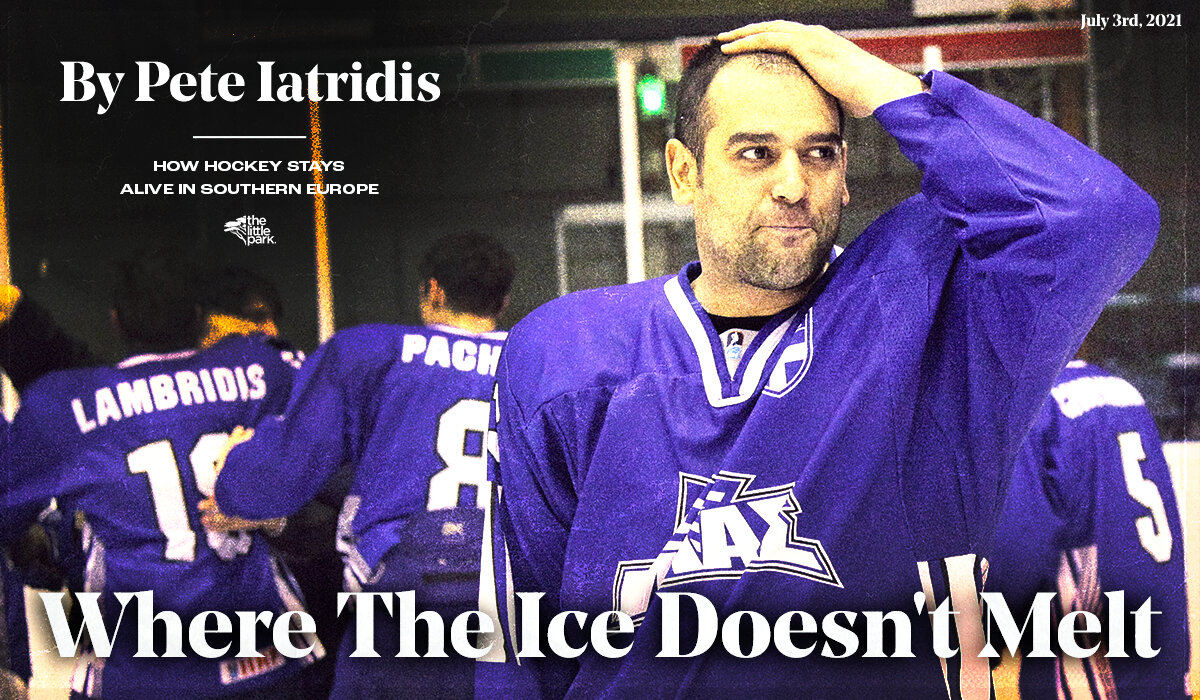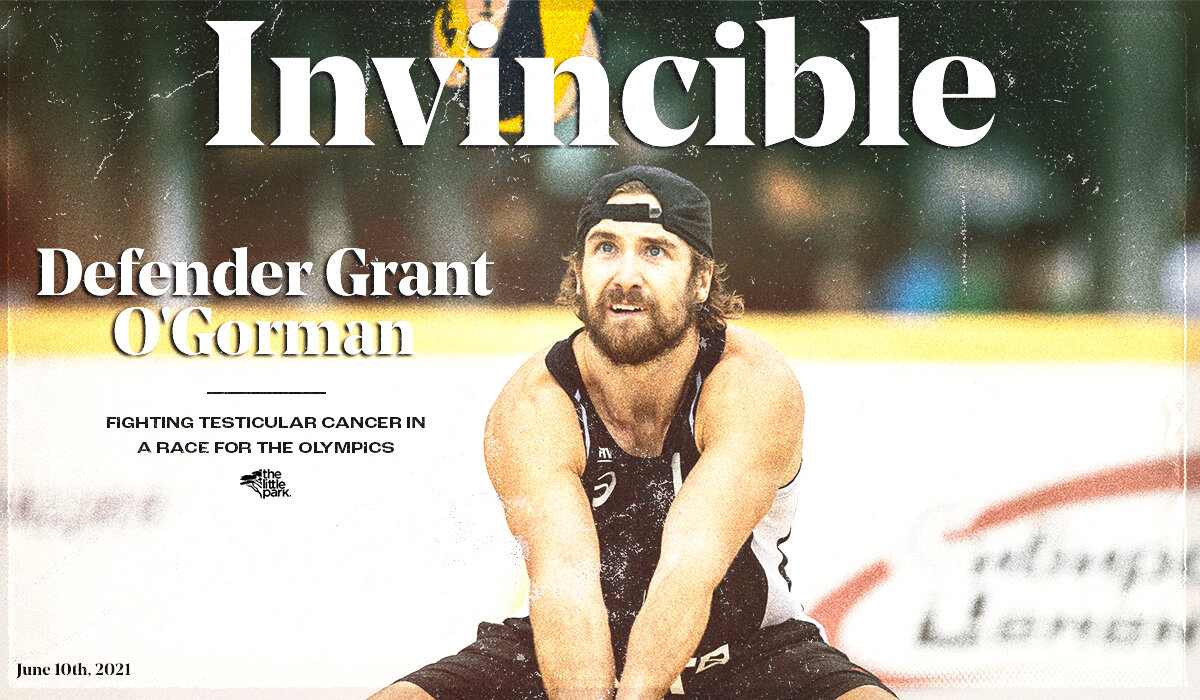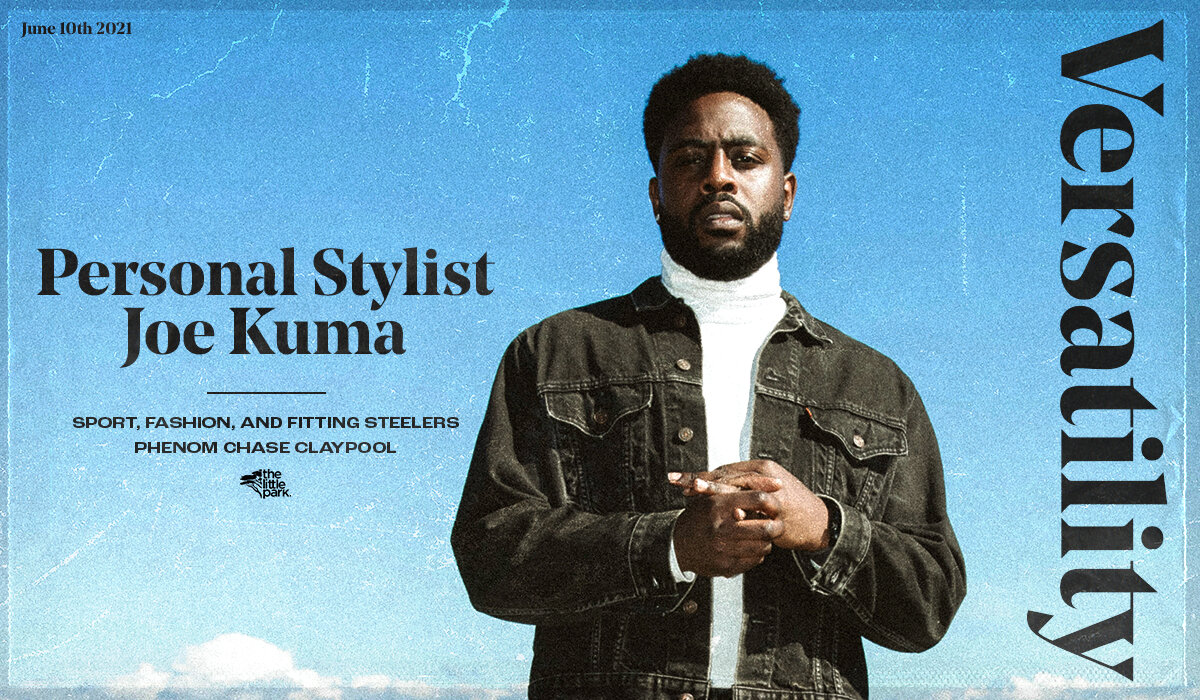The Canadian Midwest is not a climate suited for relaxation. It is unpredictable and unrelenting.
In the Prairies, we are born to be fans of the Minnesota Vikings.
On one end of the spectrum: bitter cold; the Herschel Walker trade, 4th and 24 in Arizona, and the 2010 NFC Championship. On the other: sweltering heat; Moss on Thanksgiving, the Minneapolis Miracle, and most recently, Kyle Rudolph’s walk-off in New Orleans.
It’s in our DNA to relinquish a life of mild temperatures.
I left the Midwest when I was 18 years old, kept the heartache and thrills with me in Vancouver, and graduated school with a diploma in Digital Film and Video. My first resume went to NFL Films, the “Godfathers of Sport Cinema.” Young, inexperienced, and from Canada, I was rejected seven times for jobs ranging from writer and director to production co-ordinator. Hell, I was rejected for a production assistant job. The way I saw it, “they don’t trust me to get their coffee.”
I worked my way through the business, shot in a dozen different countries for a half dozen different companies, and built a reputation on my own terms. But I never sent another resume to the NFL.
Six months ago, I received a call from a start-up sport and entertainment agency, The Little Park, in my home province of Saskatchewan. The company’s founder, Dipo Ziwa, wanted me to produce its inaugural film on Saskatchewan-native and Minnesota Vikings centre Brett Jones.
The Vikings were willing to provide us with access to their facilities and we had Jones’s full support. Tongue in cheek, I told Ziwa “I’d think about it.”
I’m a big believer that, in this business, you should tell the stories you have the right to tell. I love the Vikings. But I took the job because Jones was someone who bet on himself and I was the same way.
Jones grew up in Weyburn, Sask., a small city an hour south-east of my hometown of Regina and 70 kilometres from the North Dakota border. For both Jones and I, the closest NFL franchise is the Vikings, not only in geography but in culture and history.
It was inevitable Jones should become a Viking as he shared the DNA of a resilient Midwesterner.
In 2015, playing with the New York Giants, his season ended due to an MCL sprain sustained during the pre-season. Head coach Tom Coughlin was fired that year, leaving Jones’s future in New York hanging in the balance. A few years later, he would start 13 games for the Giants, something few Canadians have had the privilege of doing.
At the peak of his career in 2018, Jones was traded to Minnesota for a seventh-round draft pick and started three games for the Vikings. But the following year, the team drafted highly touted NC State centre Garrett Bradbury and Jones remained firmly cemented in a backup role.
“This isn’t the first time someone has told me no,” Jones told me.
Jones was inactivated for several weeks prior to our production then waived by the team to make room for wide receiver Josh Doctson, whom the Vikings had acquired from the Washington Redskins. Jones would be brought back to the roster shortly thereafter, much to the joy of our producers. Jones was off again, on again, and our hope was to share with audiences his rollercoaster journey. Could he fight his way back into an activated roster spot?
He was on track to do exactly that for a Nov. 17 home game against Denver; a must-win matchup for the Vikings against a struggling Broncos franchise.
The entire crew and I arrived in Minneapolis that day and I felt a sense of self-realization and vindication. I was telling an NFL story, despite the seven rejection letters to my name.
But just as our plane landed, Ziwa called me.
“I don’t know how to say this, but Brett appears to have torn his MCL in practice today,” Ziwa said.
As I stared blankly at the revolving baggage carousel, our cinematographer, Jon Thomas, approached with several carts packed full of thousands of dollars’ worth of equipment brought to film Jones.
He wouldn’t be on any field for the rest of the season as the team placed him on injured reserve the following day.
As documentarians, our job is to arrive with the best formulated narrative structure possible while accepting that the world is a chaotic place and, at times, nonsensical. Your entire vision can implode with a phone call and this is a fundamental truth of telling stories in the real world.
We knew Jones was devastated, and not knowing him too well at the time, I was uncertain he would speak with us at all now that his season was over. As a human being, I was empathetic for him, understanding that his entire career was now in question. But as was the immediate future of this agency.
The Little Park had gone $35,000 out of pocket, bravely, without a buyer attached. I like to refer to this as gun-slinging. This project was on spec and I was staring down the barrel of a story without its central character.
Jones had every right to call things off. The “human response” was to leave him to refocus and approach rehabilitation with a clear mind. Who wants to be in front of the camera in their darkest hour? But I have always told people I have two sides to my brain: human and filmmaker.
The filmmaker in me developed a burning desire to show Jones’s resilience, with or without his knee. The price of an NFL career on full display. It had become a better story (filmmaker brain talking). We had to speak with him now, because it would reveal the truth about who he is.
What transpired next told us everything we needed to know about Jones. He never blinked an eye, going through the interview with us not even 48 hours after his injury.
“I know this is important to you guys,” he told me, adjusting the brace on his knee. “Happy to help.”
Jones poured it all out for us. He invited us into his home and into his process of recovery. Walking through the Vikings’ locker-room at their complex in Eagan, Minn., fellow teammates and coaches echoed the same sentiment.
“He wants to be out here to help any way he can. He loves football and we love him,” head coach Mike Zimmer said from the podium. “He still has a chance to continue his career.”
Struggle reveals character, and what we learned about Jones above all else is that you don’t pay for his size or his strength, but instead his instinct to sacrifice himself in pursuit of the greater good. This is something you’re taught in Saskatchewan and Minnesota. It’s damn cold and you’d better lend a hand to your community.
“You came all the way from Canada, eh?” Zimmer said to me with a smirk.
Hell, yeah, we did, coach.
The Vikings opened the first half that Sunday down 20-0 to a Denver team quarterbacked by unproven starter Brandon Allen. U.S. Bank Stadium, known for having one of noisiest atmospheres in the NFL, was stunned silent.
We had a camera focused on Jones, seated on the sidelines. I remember thinking: he looks calm. As I rode the elevator back down to the media centre for halftime, the mediocrity of the game left me unsettled because these aren’t the Vikings I knew. I was due for heartbreak or elation, but not this. It had to be spectacular. Opening the second half, I decided to camp out a camera operator in Denver's end zone.
On cue, the Vikings would score touchdowns on each of their four drives in the second half, storming back to take a 27-23 lead. We were front and centre for every one. Fans were jumping and hugging us and our cameras, screaming into our microphones. Our location sound recordist, Micah Henry, pulled me aside and said “I know, for certain, that I’ve damaged my hearing! Sounds great, though!”
With two seconds left in the game, Denver stood third and goal at the Minnesota four-yard line. I was desperately calling my B-camera operator, Jeremy Cox, but there was no answer. He had the long lens needed to reach Brett on the sideline. Last I heard from Cox, he was stuck on the opposite end of the stadium, two dozen rows up, behind the Denver bench. I knew the entire sequence was dependent on Jones’s reaction to this final, potential game-winning play. Somehow, from 70 yards away, Cox needed to get the shot.
Allen took the snap, stepped back, and threw an incomplete pass to tight-end Noah Fant. The roof came off the building.
Vikings win.
My heart raced as we went back down to the media centre where Cox finally showed up.
“Where the hell have you been?” I asked him.
He flipped open the screen on his camera and played back the clip. There was Jones, raising his hands high in the air, limping onto the field to celebrate with his teammates. This was the fourth greatest comeback in Vikings history and we captured the whole moment through the eyes of our main character.
Jones avoided surgery and miraculously returned to practice on Jan. 1, barely a month and a half removed from his MCL tear and with his team making a playoff push. It dawned on me why he was so calm at the end of the half with the Vikings staring down a 20-point deficit. He was, like me, privy to the Vikings’ ambiguous relationship with fate.
“This is the NFL,” Jones told me in his interview two days prior. “The opportunity is the one in front of you.”
Editor’s Note: Jones re-signed with the Vikings on a one-year deal on March 26.












